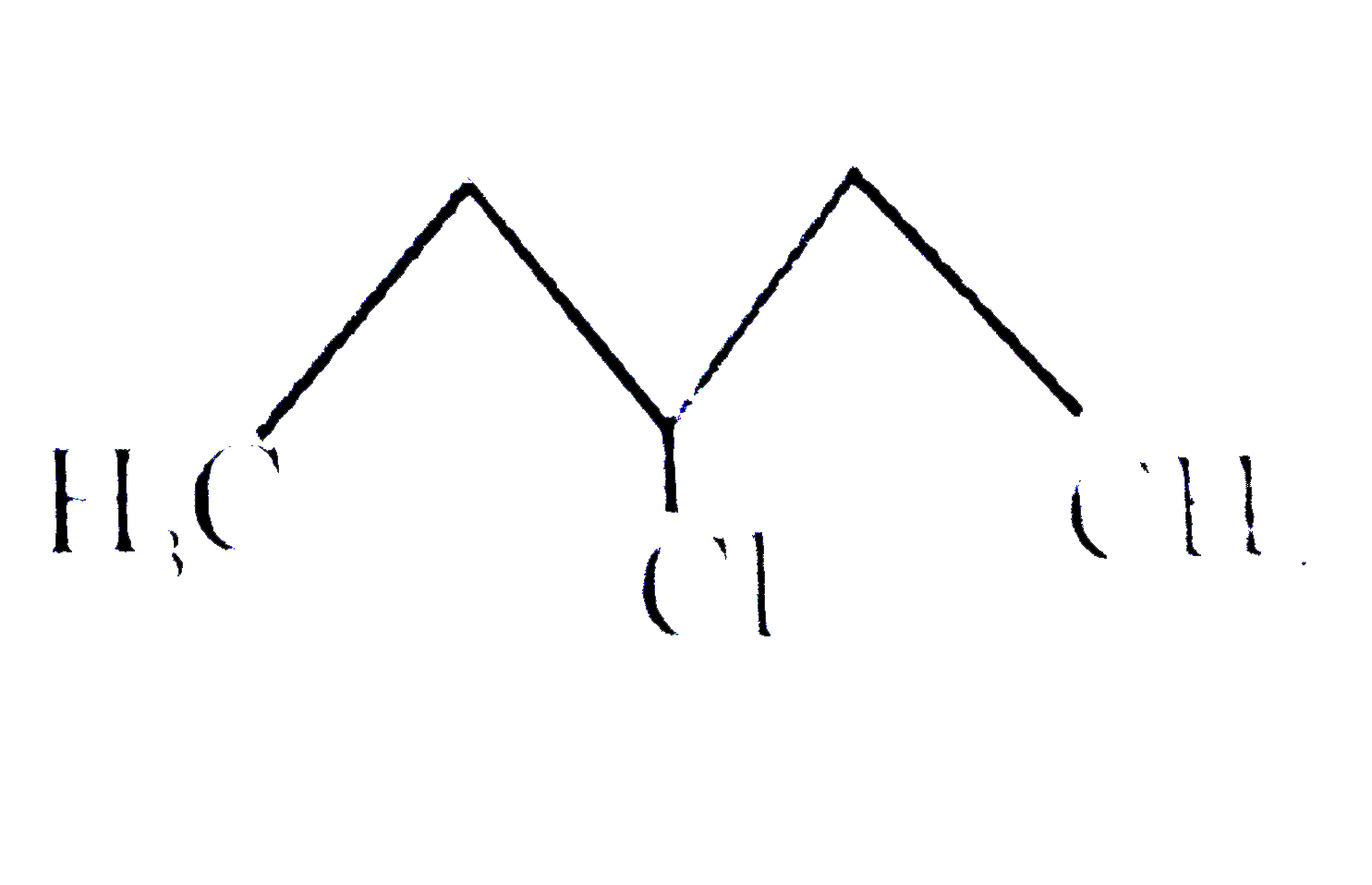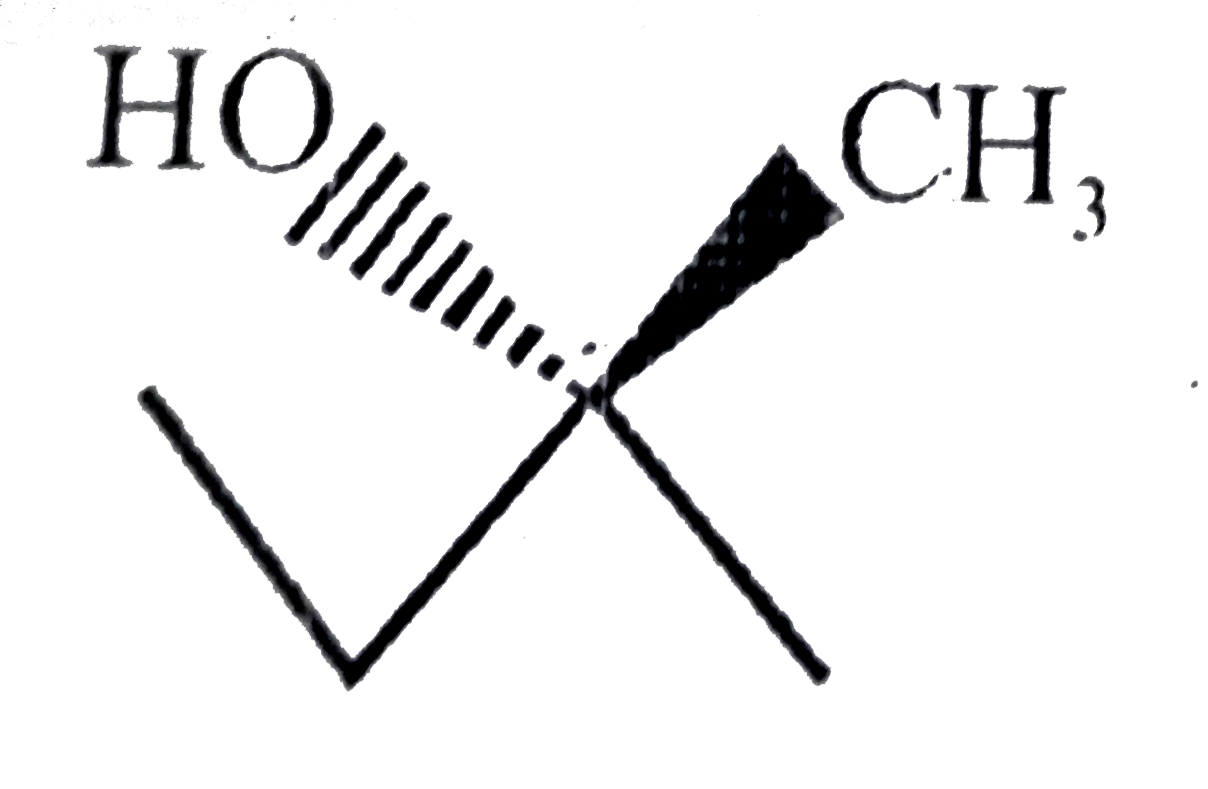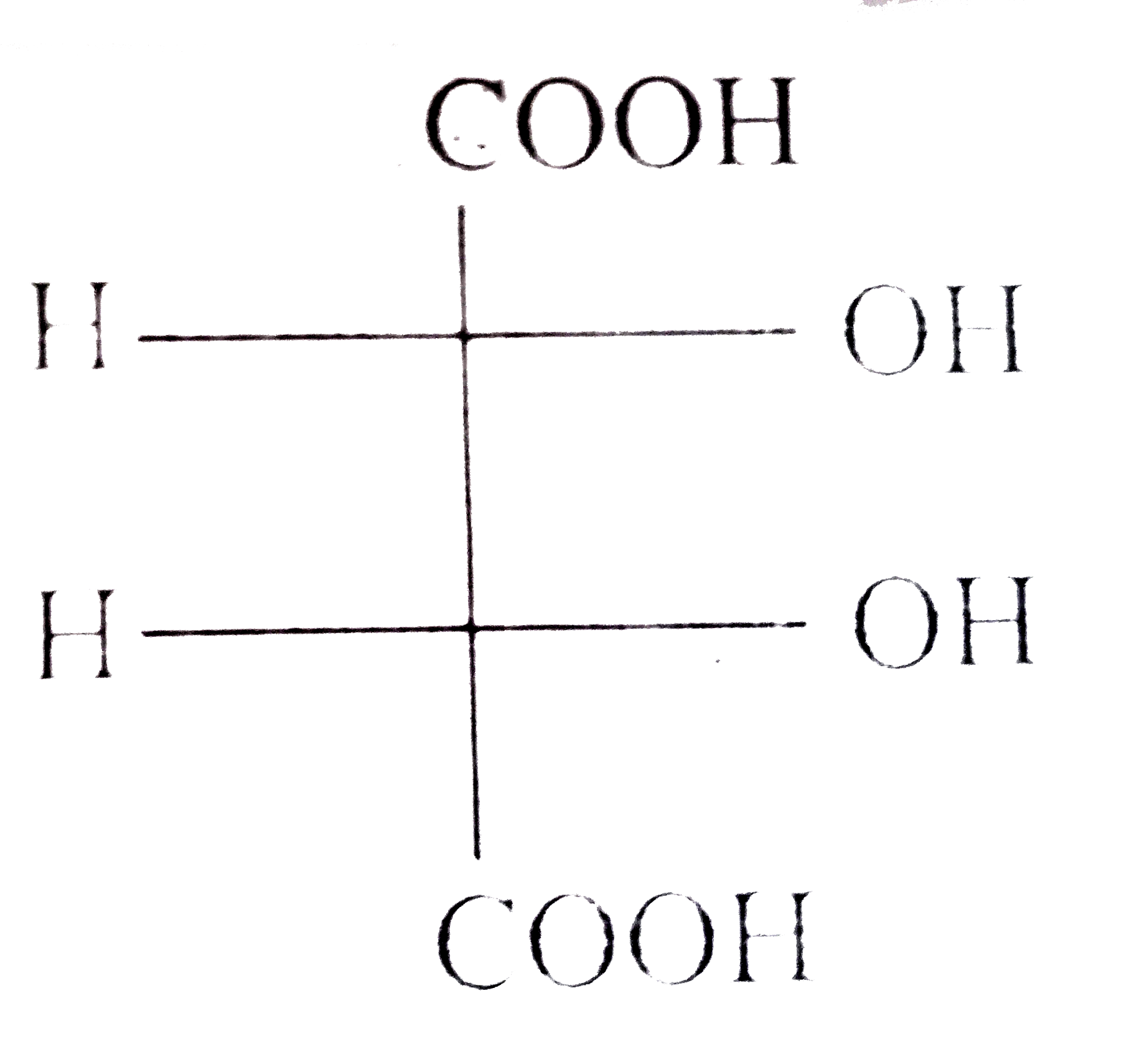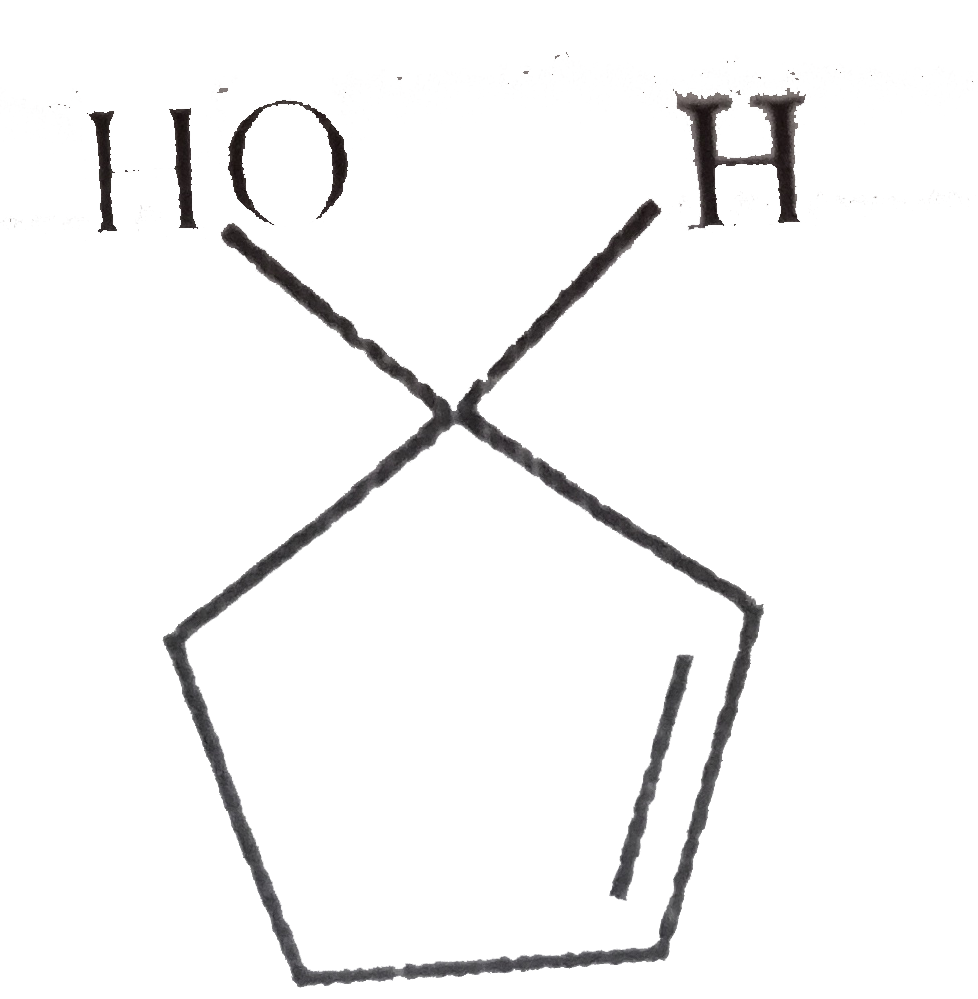The hydrolysis of optically active 2-bromobutane with aqueous NaOH result in the formation of :
A
(+) butan -2-ol
B
(−) butan -2-ol
C
(±) butan -1-ol
D
(±) butan -2-ol
Video Solution
Text Solution
The correct Answer is:D
2-bromobutane gives racemic mixture of (±) butan-2-ol.
|
Updated on:21/07/2023
Topper's Solved these Questions
- BOOK - MHTCET PREVIOUS YEAR PAPERS AND PRACTICE PAPERSCHAPTER - ALKYL HALIDEEXERCISE - PRACTICE EXERCISE (Exercise 2 (MISCELLANEOUS PROBLEMS))70videos
ALKYL HALIDE
- BOOK - MHTCET PREVIOUS YEAR PAPERS AND PRACTICE PAPERSCHAPTER - ALKYL HALIDEEXERCISE - MHT CET Corner25videos
ALKYL HALIDE
- BOOK - MHTCET PREVIOUS YEAR PAPERS AND PRACTICE PAPERSCHAPTER - ALKYL HALIDEEXERCISE - MHT CET Corner25videos
ALKYL HALIDE
- BOOK - MHTCET PREVIOUS YEAR PAPERS AND PRACTICE PAPERSCHAPTER - ALKANESEXERCISE - EXERCISE 220videos
ALKANES
- BOOK - MHTCET PREVIOUS YEAR PAPERS AND PRACTICE PAPERSCHAPTER - BASIC PRINCIPLES AND TECHNIQUES IN ORGANIC CHEMISTRYEXERCISE - EXERCISE 220videos
BASIC PRINCIPLES AND TECHNIQUES IN ORGANIC CHEMISTRY
Similar Questions
Knowledge Check
- Question 1 - Select One
The hydrolysis of optically active 2-bromobutane with aqueous NaOH results in the formation of:
A(-)butane-2-olB(±)butane-2-olC(+)butane-2-olD(±)butane-1-ol - Question 2 - Select One
Which is optically active :-
A B
B C
C D
D
- Question 3 - Select One
an optically active compouns is
A1-bromobutane acidBβ bromobutyric acidC2-bromo-2-methylpropaneD1-bromo-2-methylpropane
Which is a optically active compound ?
View SolutionThe optically active molecule is:
View SolutionElimination of bromine from 2−bromobutane results in the formation of
View SolutionElimination of HBrfrom 2 bromobutane results in the formation of .
View SolutionElimination of bromine from 2-bromobutane results in hte formation of:
View Solution

